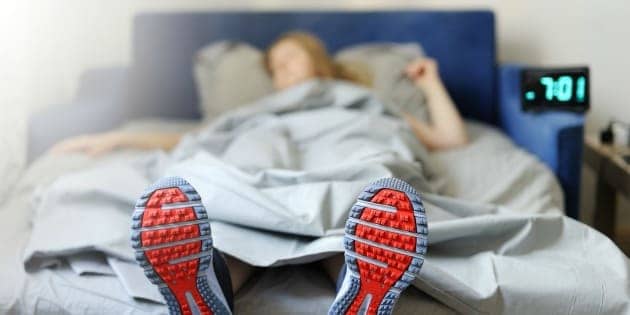 Sleep apnea is a common yet serious sleep disorder affecting millions worldwide. For those grappling with this condition, Continuous Positive Airway Pressure (CPAP) therapy often becomes a cornerstone of treatment. This guide provides comprehensive insights into CPAP therapy, its benefits, how to get started, and tips for maximizing its effectiveness. Whether you’re a patient or a caregiver, understanding CPAP therapy is crucial in managing sleep apnea effectively. If you’re searching for the highest rated CPAP machines, an auto CPAP machine, or the best CPAP supplies online, this guide is tailored for you.
Sleep apnea is a common yet serious sleep disorder affecting millions worldwide. For those grappling with this condition, Continuous Positive Airway Pressure (CPAP) therapy often becomes a cornerstone of treatment. This guide provides comprehensive insights into CPAP therapy, its benefits, how to get started, and tips for maximizing its effectiveness. Whether you’re a patient or a caregiver, understanding CPAP therapy is crucial in managing sleep apnea effectively. If you’re searching for the highest rated CPAP machines, an auto CPAP machine, or the best CPAP supplies online, this guide is tailored for you.
Understanding Sleep Apnea
Sleep apnea is characterized by repeated interruptions in breathing during sleep. These interruptions, or apneas, can last from a few seconds to a minute and can occur multiple times per hour. There are three primary types of sleep apnea:
- Obstructive Sleep Apnea (OSA): The most common form, where the throat muscles intermittently relax and block the airway.
- Central Sleep Apnea (CSA): Occurs when the brain fails to send proper signals to the muscles that control breathing.
- Complex Sleep Apnea Syndrome: Also known as treatment-emergent central sleep apnea, it is a combination of OSA and CSA.
Untreated sleep apnea can lead to numerous health problems, including high blood pressure, heart disease, stroke, diabetes, and daytime fatigue. It can also significantly affect the quality of life, leading to poor concentration, mood swings, and an increased risk of accidents. Therefore, effective treatment is vital for improving health outcomes and overall well-being. The best CPAP masks for women and men can play a crucial role in ensuring effective therapy and comfort.
Introduction to CPAP Therapy
CPAP therapy is a non-invasive treatment for sleep apnea that uses a machine to deliver a continuous stream of air through a mask, keeping the airways open during sleep. Here’s a breakdown of the components involved in CPAP therapy:
- CPAP Machine: The device that generates the continuous airflow. Many users prefer auto CPAP machines due to their ability to adjust air pressure based on individual needs.
- CPAP Mask: Worn over the nose or nose and mouth, it delivers the air to the airways. There are various CPAP mask types, including those from ResMed.
- Tubing: Connects the mask to the machine.
- Humidifier (optional): Adds moisture to the air to prevent dryness and irritation.
Getting Started with CPAP Therapy
1. Medical Evaluation and Prescription
The first step in starting CPAP therapy is a thorough medical evaluation. This typically involves a sleep study, either conducted in a sleep lab or at home, to diagnose the severity of sleep apnea. Based on the results, a healthcare provider will prescribe CPAP therapy and help you select the appropriate machine and mask.
2. Choosing the Right CPAP Equipment
Selecting the right CPAP equipment is crucial for comfort and effectiveness. Here are some tips:
- CPAP Machines: Look for features such as auto-adjusting pressure, data tracking, and a built-in humidifier. The ResMed AirSense 10 water chamber is a popular choice due to its reliability and ease of use.
- CPAP Masks: Choose a mask that fits well and is comfortable. There are several types, including nasal masks, full-face masks, and nasal pillows. Each has its pros and cons, so it’s essential to find the one that works best for you. The best sleep apnea mask varies per individual, but ResMed 37296 is for sure a highly recommended option.
3. Setting Up Your CPAP Machine
Once you have your CPAP equipment, setting it up correctly is key to successful therapy. Follow these steps:
- Place the CPAP machine on a stable surface near your bed.
- Fill the humidifier with distilled water if using one.
- Connect the tubing to the machine and the mask.
- Adjust the mask for a secure and comfortable fit.
- Turn on the machine and check for any air leaks around the mask.
Tips for Maximizing CPAP Therapy Effectiveness
1. Consistent Use
Consistency is crucial in CPAP therapy. Use your CPAP machine every night, even during naps. Regular use can help alleviate symptoms and improve your overall health.
2. Proper Mask Fit
An ill-fitting mask can cause air leaks, reducing the effectiveness of the therapy. Ensure your mask fits well and is comfortable. If you experience discomfort, consult with your healthcare provider for adjustments or try a different mask style.
3. Cleaning and Maintenance
Regular cleaning and maintenance of your CPAP equipment are essential for hygiene and functionality. Clean the mask, tubing, and humidifier chamber daily with mild soap and water. Replace filters and other components as recommended by the manufacturer.
4. Addressing Common Issues
Common issues with CPAP therapy include dryness, nasal congestion, and discomfort. Here are some solutions:
- Dryness and Congestion: Use a humidifier and heated tubing to add moisture to the air.
- Discomfort: Ensure the mask fits correctly and consider using mask liners or pads for added comfort.
- Noise: If the machine is noisy, check for air leaks or consider using a quieter model.
The Role of Caregivers in CPAP Therapy
Caregivers play a crucial role in supporting patients with CPAP therapy. Their responsibilities include:
- Assisting with Equipment Setup: Helping set up the CPAP machine and ensuring it operates correctly.
- Monitoring Compliance: Encouraging consistent use and monitoring for any issues.
- Providing Emotional Support: Offering reassurance and helping patients adjust to the therapy.
- Coordinating with Healthcare Providers: Ensuring regular follow-ups and addressing any concerns with the medical team.
Conclusion
CPAP therapy is a highly effective treatment for sleep apnea, offering significant improvements in health and quality of life for patients. By understanding the basics of CPAP therapy, selecting the right equipment, and following best practices for use and maintenance, patients and caregivers can maximize the benefits of this treatment. Remember, consistency and proper support are key to successful CPAP therapy. If you have any concerns or issues, consult your healthcare provider to ensure you’re on the right track. With the right approach, CPAP therapy can transform sleep and overall well-being, helping you live a healthier, more restful life.

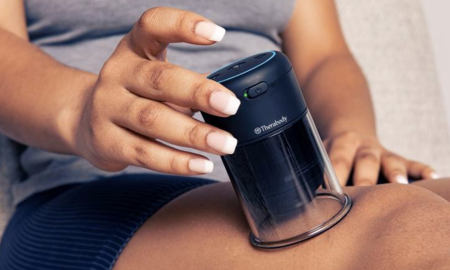





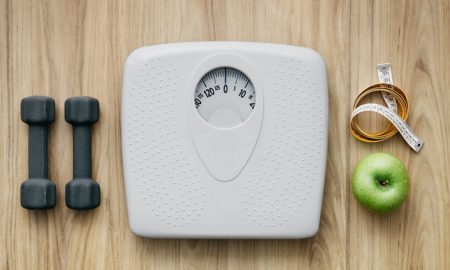

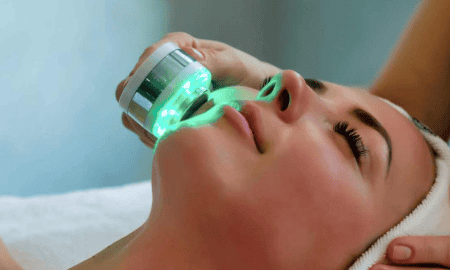



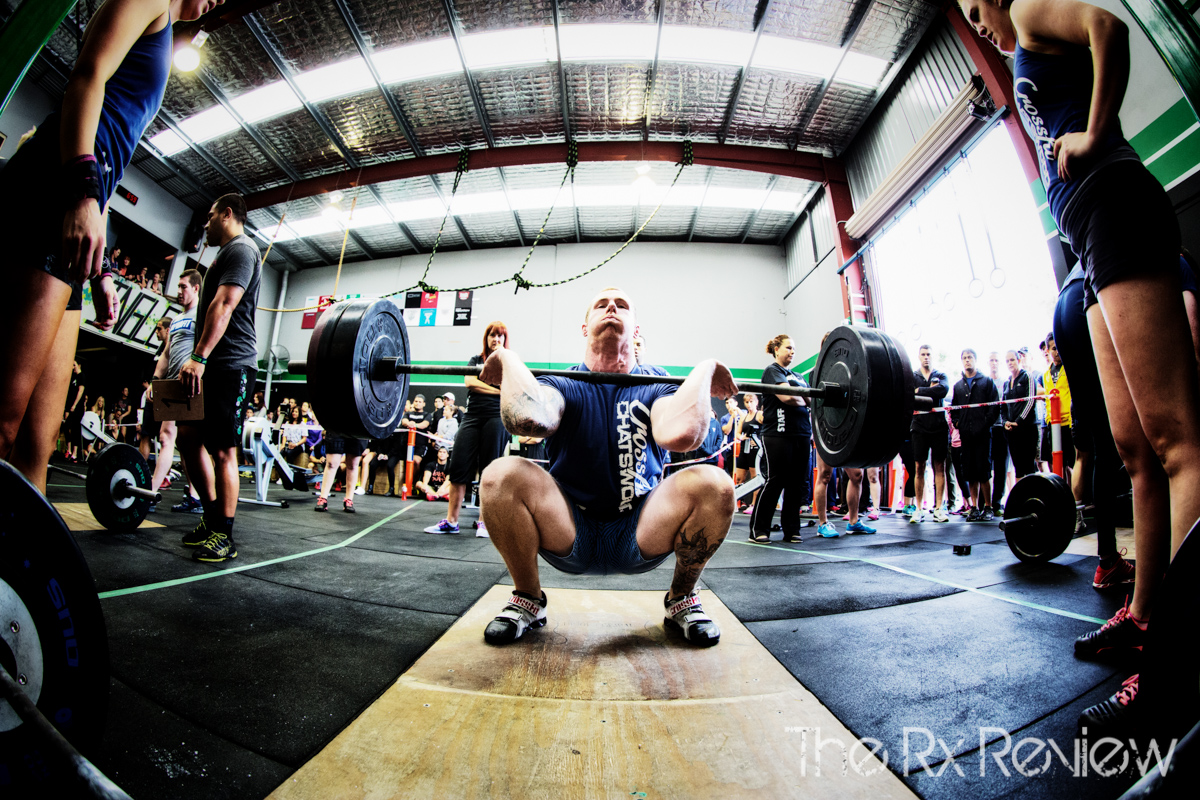


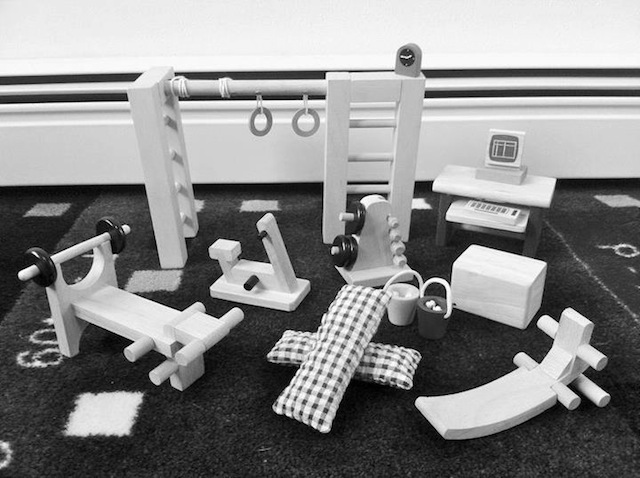
Follow Us